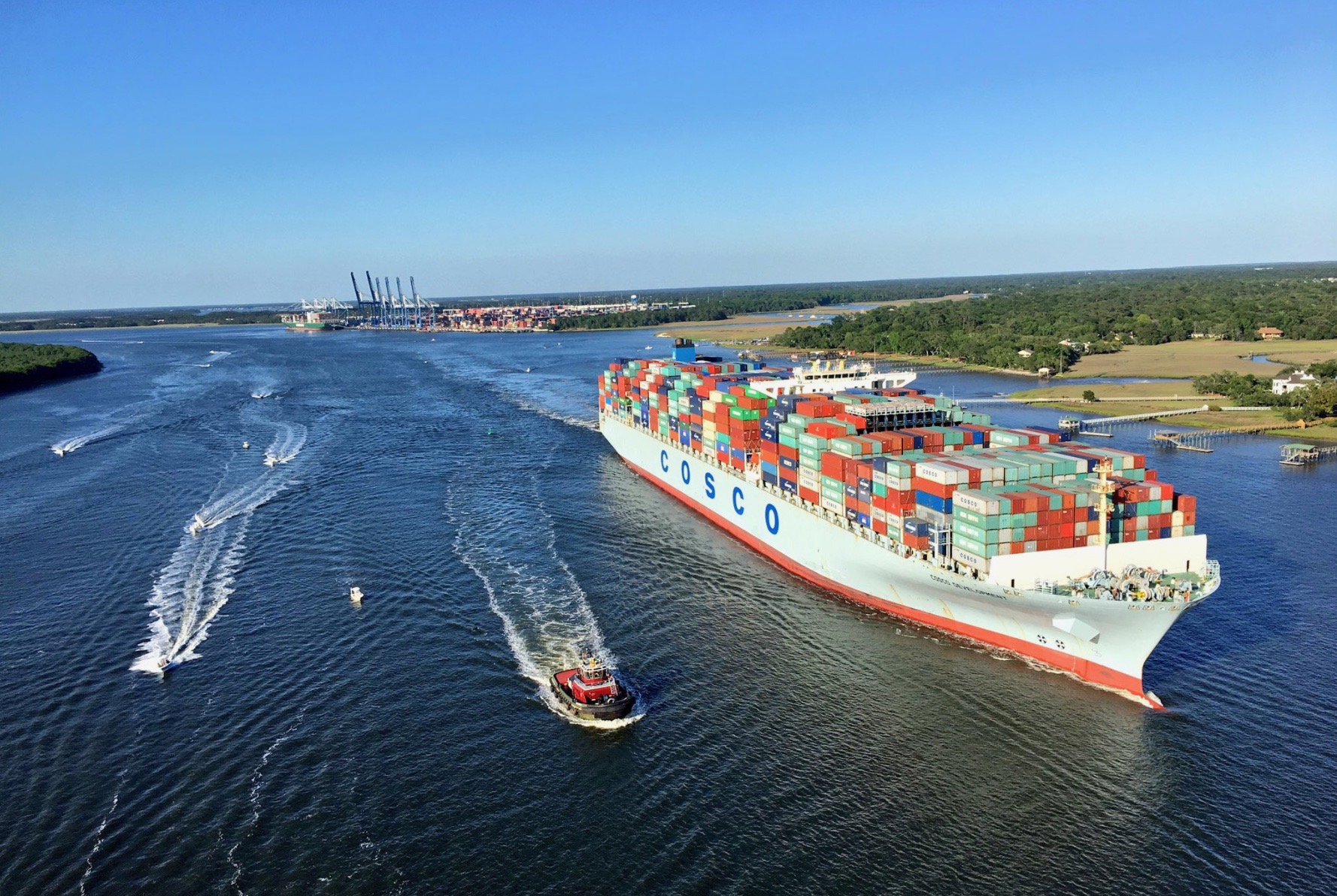Charleston Harbor Dredging Advances
FEDERAL FUNDING APPROPRIATED … The port of Charleston, S.C. received “monumental newsYou must Subscribe or log in to read the rest of this content.
FEDERAL FUNDING APPROPRIATED …
The port of Charleston, S.C. received “monumental news
